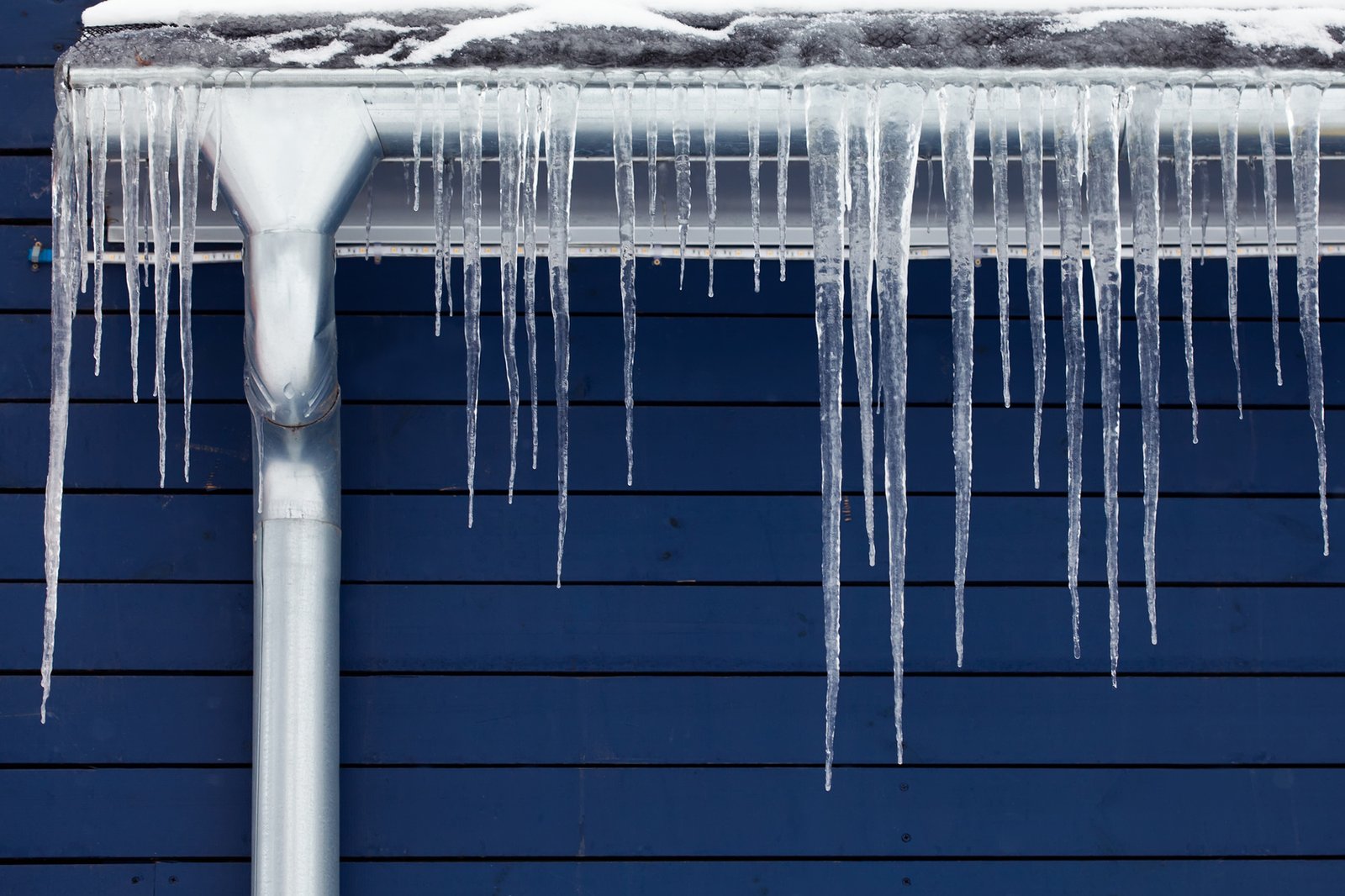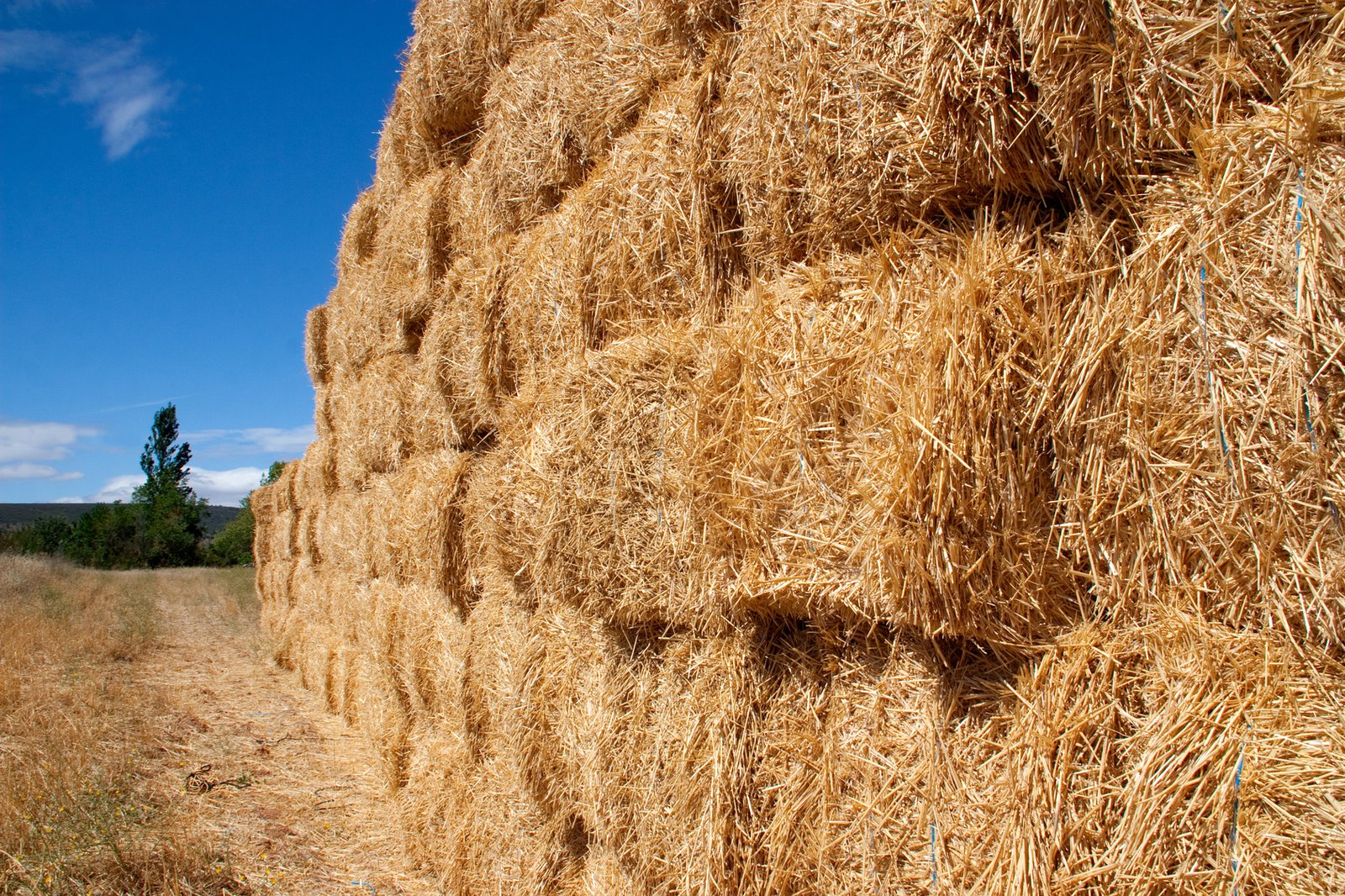How to build your own green roof

In a previous post, we discussed how green roofs work and which elements constitute them. We also explained their benefits to the environment, your home, and your pocket. Now that you are aware of the benefits, you might be wondering how complex it is to build one and if you can do it yourself. Actually, you can have a DIY green roof and it is not complicated to build it.
The first aspect you need to consider is the strength of the structure you plan to install your green roof on. Green roofs weight at least 50 kg per square metre (or 10.24 pounds per square foot) in extreme weather conditions as excessive rain or snow can significantly increase its weight. Some structures are not prepared to bear that much weight and not taking this into account can result in cracks or even the collapse of the building. You can check how much weight your roof can support with its builder or contact an architect or structural engineer to evaluate it and even request structural reinforcement works if needed.

1. Will I be able to access the green roof for regular maintenance?
If yes, you can have an intensive green roof.
2. Do I want to grow trees, shrubs or vegetables?
If yes, you need an intensive green roof.
If you replied no to the questions above or want to build a simpler DIY green roof, an extensive type is the best option for you. They are typically constituted by a growing medium layer of 15 centimetres (6 inches) maximum. A flat or slightly sloped roof is the easiest place to start. A high pitched roof would require additional components to prevent slippage of the layers and control moisture level as the slope intensifies drainage.

- Check the structure. Can your roof support the weight of the whole system even in saturated conditions? (Weight can increase up to 70% when compared to dry weight)
- Check the waterproof membrane. Does it need repair? Look for cracks and bubbles.
- Adjust the edges, which will have two functions: preventing plants to spread and damage other parts of the building and allowing drainage. You can use pebbles all around the roof to avoid blockage of the roof’s guttering. A 20 to 30 centimetres wide pebble frame is enough.
- Install a root-proof membrane. This will prevent roots from damaging your roof.
- Add a water storage and drainage layer. You can buy one that incorporates both functions or make your own by combining a thick layer of pebbles (allowing drainage) and a moisture blanket over it to retain moisture. The moisture blanket can be made out of old carpets, towels, and cloths, however, it might be better to buy a moisture blanket instead of making your own to eliminate the risk of this layer accumulating mould and microorganisms that can be harmful to your plants.
- Add growing medium, which needs to be as light as possible while also providing adequate nutrition to the plants. Garden soil and potting compost are inappropriate as they are too heavy. A mix of only 20% garden soil and 80% inorganic materials such as “clay aggregate, crushed brick, and limestone” is ideal and you can buy it ready or prepare your own mix. The growing medium layer should be around 15 centimetres.
- Start planting. Stonecrops or sedum are by far the best species to grow in extensive green roofs with low maintenance. They spread well and fast and resist extreme conditions. Wildflowers, such as thyme and cowslip are also very good for green roofs. You can find a complete list of British and European wild flowers here.
- Water your green roof for a nice, damp start.








Green roofs are such a good idea! Thank you for your DIY green roof guide, it makes the whole process seem a lot less confusing than other sources. I was just researching this further after reading your blog and came across semi-intensive roofs, is this a good middle ground for those unsure about committing to an intensive green roof?
Thanks for your comment, Lucy! I am happy you liked our post.
The semi-intensive green roofs are a middle ground as you said, but you would still have to consider 2 factors when deciding for it: access for maintenance and weight your roof support.
Semi-intensive green roofs have a growing medium layer of 15 to 30 centimetres and can weigh more than 100 kg per square metre when dry and close to 200 kg when saturated. Maintenance may include punning, irrigation (you can install a system) and fertilization.
The choice is both a matter of commitment to care for it and safety of the project.
This is amazing!! I love the ivy coming down. I’ll have to try this!!